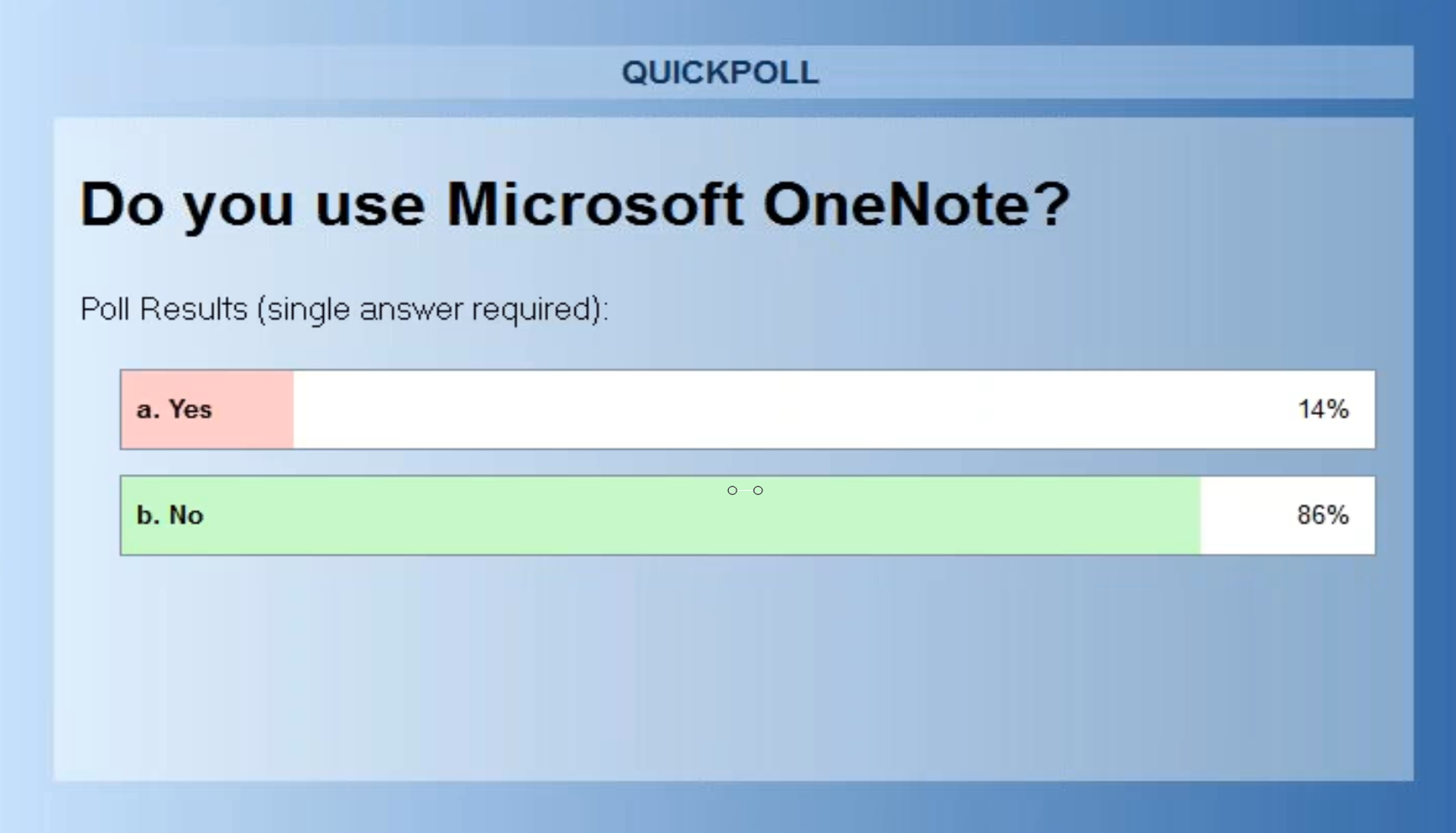Giving Good Subhead And Other Tricks For Writing Content People Will Read — And That’s Search-Optimized Hot
Write Review
Over the last 20 years, a sea change in the amount of information people can access instantly has changed the way we consume information. Writing styles need to catch up.
A generation ago, paragraphs were longer because there was no World Wide Web providing answers to everything instantly. We had fewer channels on TV, fewer books, and no single multimedia pipeline organizing all humanity’s data. This fundamental shift in information sharing requires that you write for people to scan. But brevity isn’t enough. You also must tip your reader with visual cues, alliteration, and transitions. Some specific tips:
Headlines And Leads. Keep it short. Bob McGinty, a great editor who writes occasionally on A4A, taught me three decades ago to keep leads — first sentence of stories — to 12 words or less. I’m not sure where he came up with 12, but it’s a good goal. Also, make leads and headlines attract readers by being provocative. My cheap trick in the title is an example. This is not to suggest that you embed sexually suggestive double entendres in an academic paper. My crude joke is almost-okay for writing on the Web, but would be unacceptable and inappropriate in academic or corporate communications.
Use Subheads. That subhead sticks out. It’s a visual cue to readers. It’s scanable. It also queues up the next idea. It’s a way of turning a corner in a story, introducing the next topic. Anything you write, will be more readable if you break it up by subheads. Your content will flow more logically. People will be able to consume it more easily. It’s a great discipline that forces the write to organize ideas into words.
Paragraph Structure. The first sentence of every paragraph should summarize what that paragraph will be about. The next sentence or two should embellish on it. The last sentence in every paragraph should finish up on the idea and hint at the next idea you’re about to tell people.
End Well. At the end of everything you write, summarize everything you said above and hit your conclusive idea.
By the way, the suggestions in this post are really good for writing on the Web. In looking them over, I see how this way of writing will force you to insert your keywords in the headlines, leads and endings of whatever your write.
A4A members: please let me know if you want me to write more about writing, and what you need me to cover.
This Website Is For Financial Professionals Only
User reviews
There are no user reviews for this listing.









